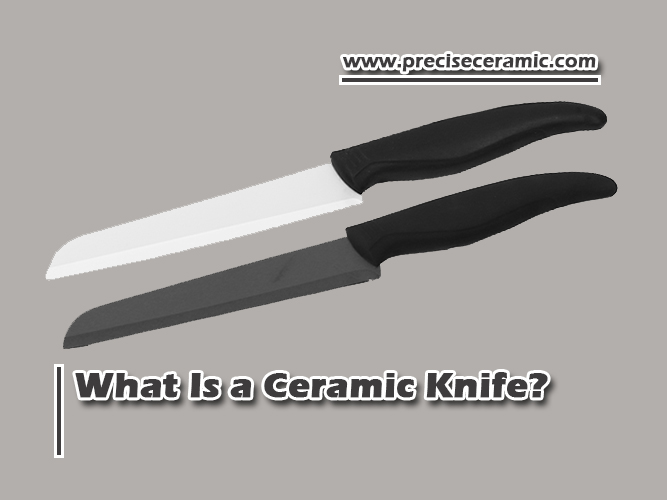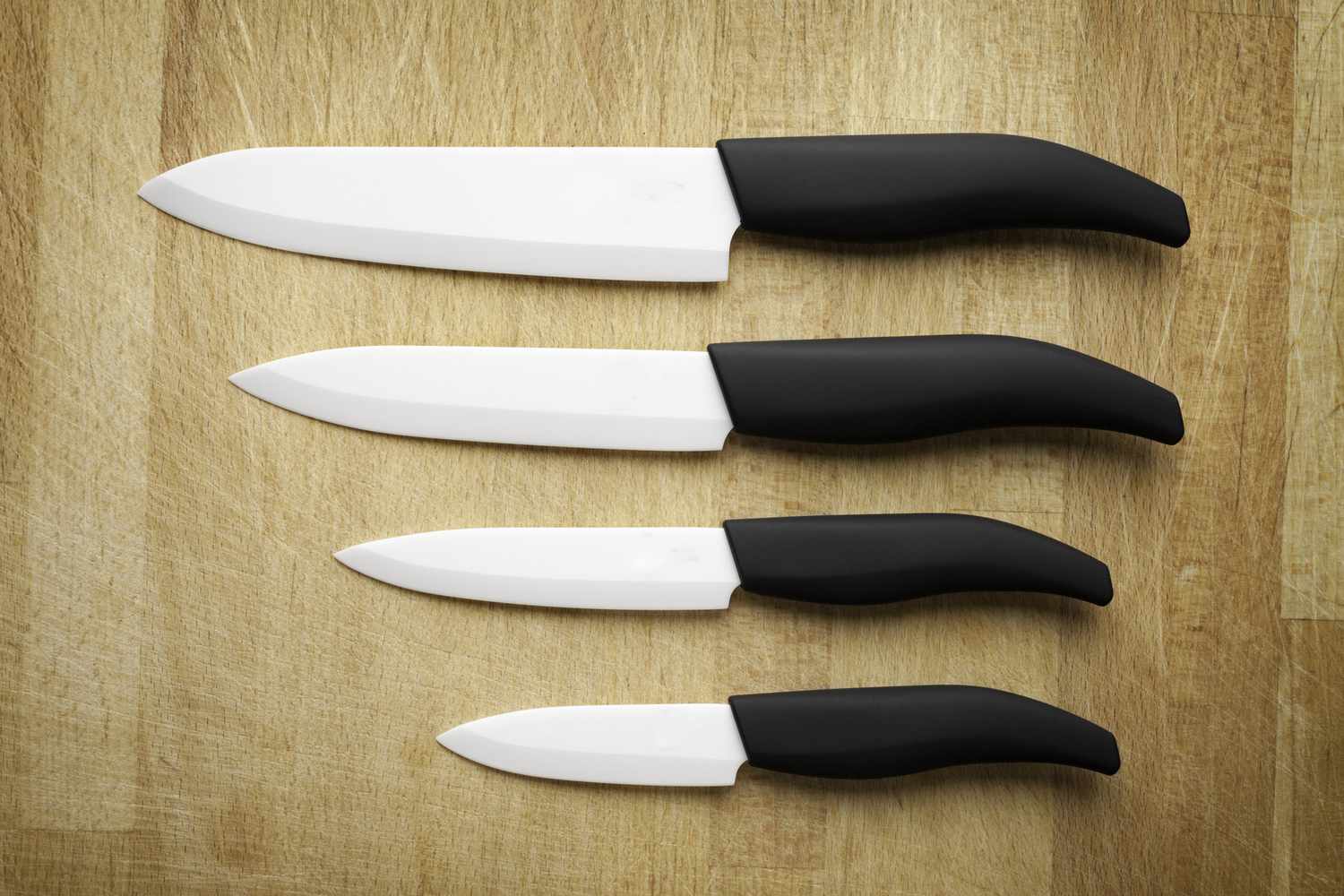Do you have any questions? Email Us
[email protected]

Ceramic knives have become increasingly popular among consumers due to their superior advantages over ordinary kitchen knives and general metal tools.
Referred to as the "noble knife," ceramic knives offer several benefits that ordinary steel knives cannot match, including exceptional sharpness, superior safety, environmental friendliness, fashionable design, and health benefits.
Compared to traditional steel knives, ceramic knives offer unparalleled sharpness, making it effortless to cut through fruits, vegetables, and boneless meats. They are also incredibly safe to use, as they are less likely to slip or slide while in use, minimizing the risk of accidents. Additionally, ceramic knives are environmentally friendly and don't rust, making them a sustainable and long-lasting investment.
In terms of design, ceramic knives are sleek and stylish, making them a popular choice among fashion-conscious consumers. Finally, using ceramic knives can have health benefits, as they do not react with acidic foods, reducing the likelihood of cross-contamination and potential health risks.
Overall, ceramic knives are an excellent addition to any kitchen, offering several benefits that ordinary steel knives cannot match. However, it's essential to keep in mind that ceramic knives are brittle and require proper care and handling to ensure their longevity.

Ceramic knives were first developed by the Japanese in 1997-1998. Most of the ceramic knives in the market are made of a nano-material named “zirconium oxide“. With zirconia and alumina powder under the high temperature of 2000 ℃, the pressure of 300 tons was pressed into the mold, and then the tool was polished with diamond to make the finished ceramic knife. The ceramic knife is a new type of knife made of nano-technology which is more than ten times as sharp as a steel knife. Therefore, ceramic knives have the characteristics of high hardness, high density, high-temperature resistance, magnetization, and oxidation resistance.
The Mohs hardness of ceramic knife is 9, which is second only to the hardest substance in the world–the diamond (Mohs hardness is 10). As long as we don’t throw it on the ground, hit or chop it, we don’t need to grind it forever. But ceramic knives are not suitable for food that needs to be chopped, such as hard ingredients like thick fish bones and frozen meat. Other non-hard foods such as green vegetables, fruit pulp, sashimi, bamboo shoots (no shell), meat, seafood, shell-free shellfish, etc. can be dealt with ceramic knives.
A product has its advantages and disadvantages, so does a ceramic knife. Because ceramic knives are made of zirconia, the properties of its raw materials determine its hardness of 9. The ceramic knife is very brittle, the toughness of which is low and cannot be cut hard ingredients, and it is easy to collapse when falling from the height. Therefore, ceramic knives cannot be used for cutting, smashing, prying, picking, etc.
In spite of the continuous study in product technology in recent years, there has been an improvement in this aspect, which cannot fundamentally solve the original nature of this product. In addition, the ceramic knife is made into a knife with a large diamond wheel in the process, and the thickness of which becomes thinner; besides, the ceramic knife is loaded with a handle and the weight increases, which reduced the ability to crash-proof.
In conclusion, ceramic knives offer several advantages over traditional steel knives, such as exceptional sharpness, superior safety, environmental friendliness, fashionable design, and health benefits. They are made of a nano-material named “zirconium oxide” and have a Mohs hardness of 9, making them more than ten times as sharp as a steel knife. However, due to their brittleness and low toughness, ceramic knives are not suitable for cutting hard ingredients and are prone to breaking if mishandled. Despite ongoing improvements in product technology, the fundamental nature of the product remains unchanged. Proper care and handling are required to ensure their longevity.
Please visit https://www.preciseceramic.com/ for more information.